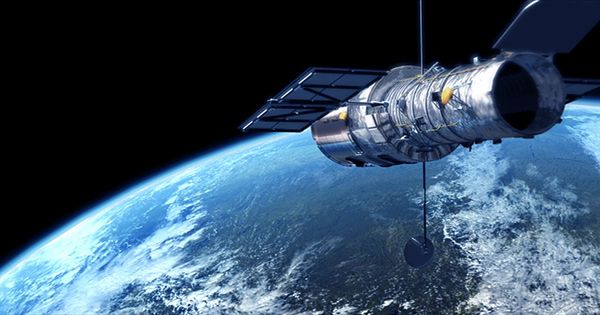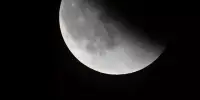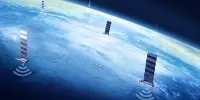NASA is only three months away from sending a journey to an asteroid so rich in metals that at least one analysis estimates it is worth $10 quintillion dollars.
For example, one quintillion has 18 zeros and is the result of multiplying a billion by a billion.
Psyche has a diameter of 140 miles, which is about one-sixteenth the size of the Moon. Its geological composition distinguishes it: A 2020 investigation utilizing the Hubble Space Telescope discovered that it was most likely made of iron and nickel, thus the high price.
Space mining may sound like science fiction, but some are placing large bets that it will one day be a viable industry. For example, NASA has started working on research that they hope will lead to the mining of minerals on the Moon, and in January 2022, Jeff Bezos’ Blue Origin company acquired a startup that specialized in robot space mining.

The NASA mission, also known as Psyche, is making final preparations for launch from Cape Canaveral, Florida, according to a statement released earlier this week by NASA. The space agency, on the other hand, is not looking for wealth; rather, it wants to study how planetary cores and planets evolve.
“The team and I are now counting down the days until launch,” stated Henry Stone, project manager for Psyche, in a statement.
“Our focus has shifted to safely completing the spacecraft’s final mechanical closeout and preparing the team for operations.” The team is undergoing extensive training to guarantee that we are prepared and ready. It’s a really busy period, but everyone is quite thrilled about the debut.”
On October 5, the spacecraft will launch aboard a SpaceX rocket. It will travel 2.5 billion miles over the course of six years in order to get a close look at the asteroid, also known as Psyche. Annibale de Gasparis, an Italian astronomer, found the asteroid in 1852 and named it after the Greek goddess of the soul.
The mission was planned to launch in 2022, but it was pushed back due to late deliveries of software and testing equipment.
After the craft’s instruments have been thoroughly tested, NASA engineers will spend the next few months disconnecting wires, replacing external panels, adding thermal blanketing, and installing and testing the craft’s solar arrays.
“We’re making progress, and we’re confident that when we get to the launch pad, we’ll be ready to go,” said Luis Dominguez, the systems and electrical lead for assembly, test, and launch operations. “We’re all looking forward to launching this bird.”















